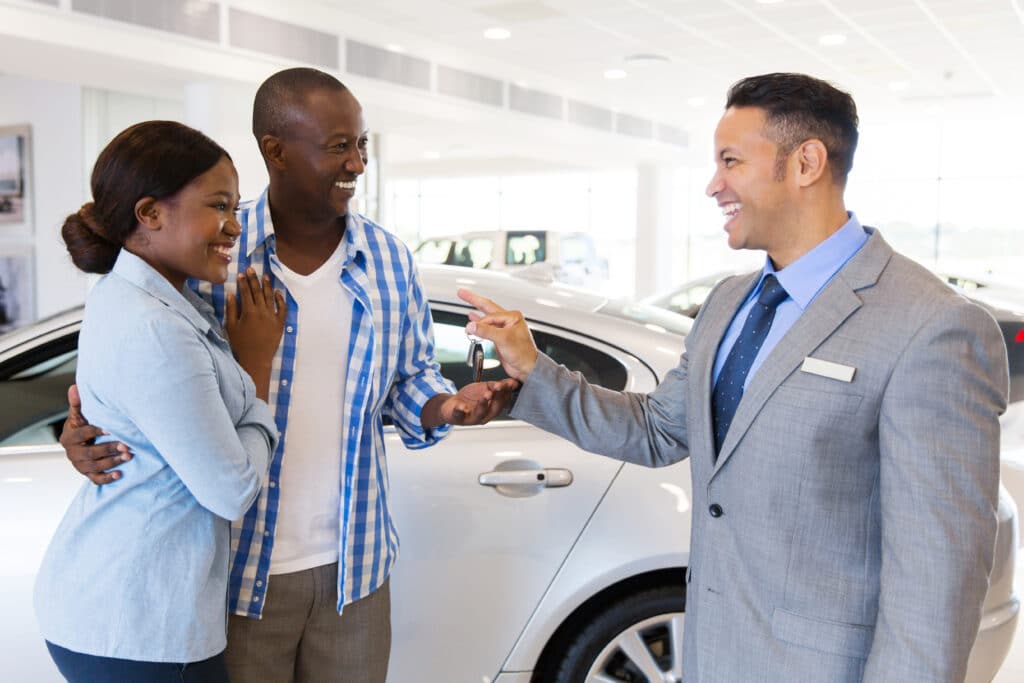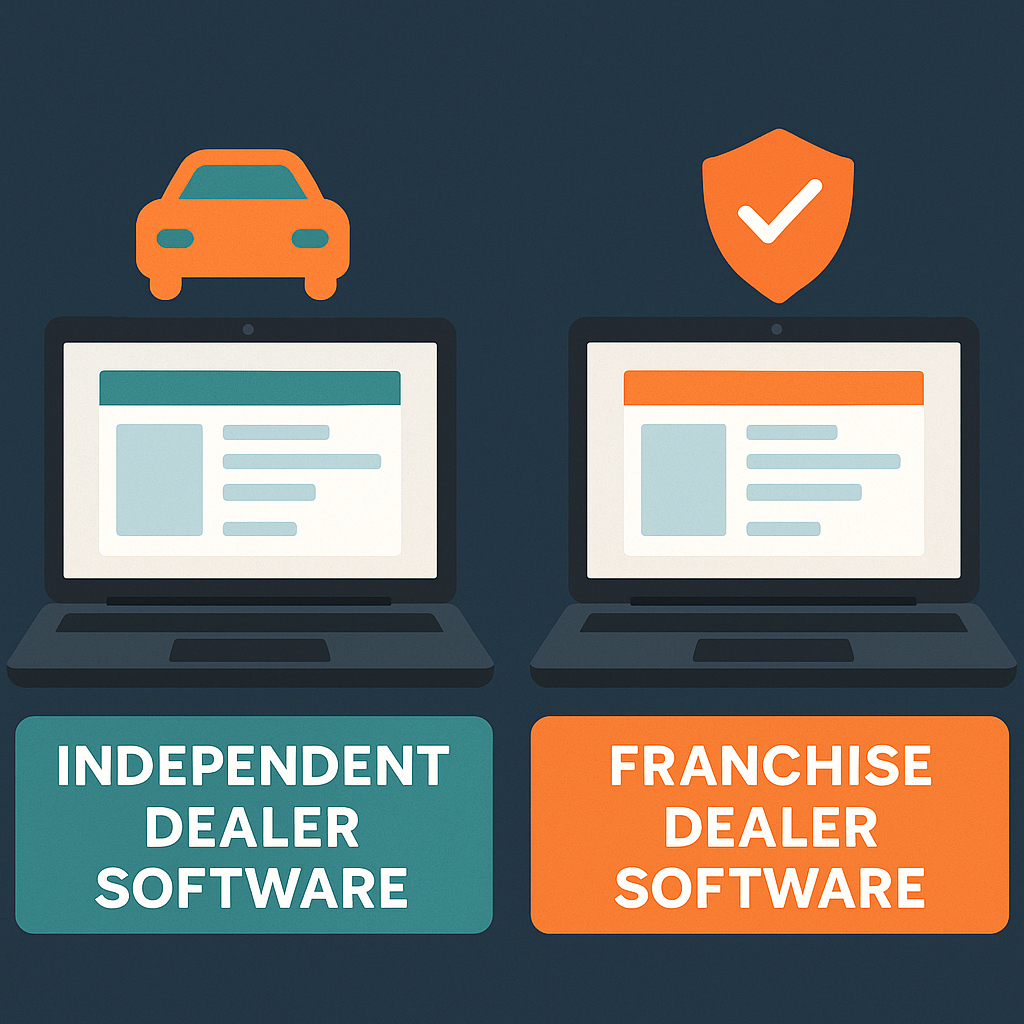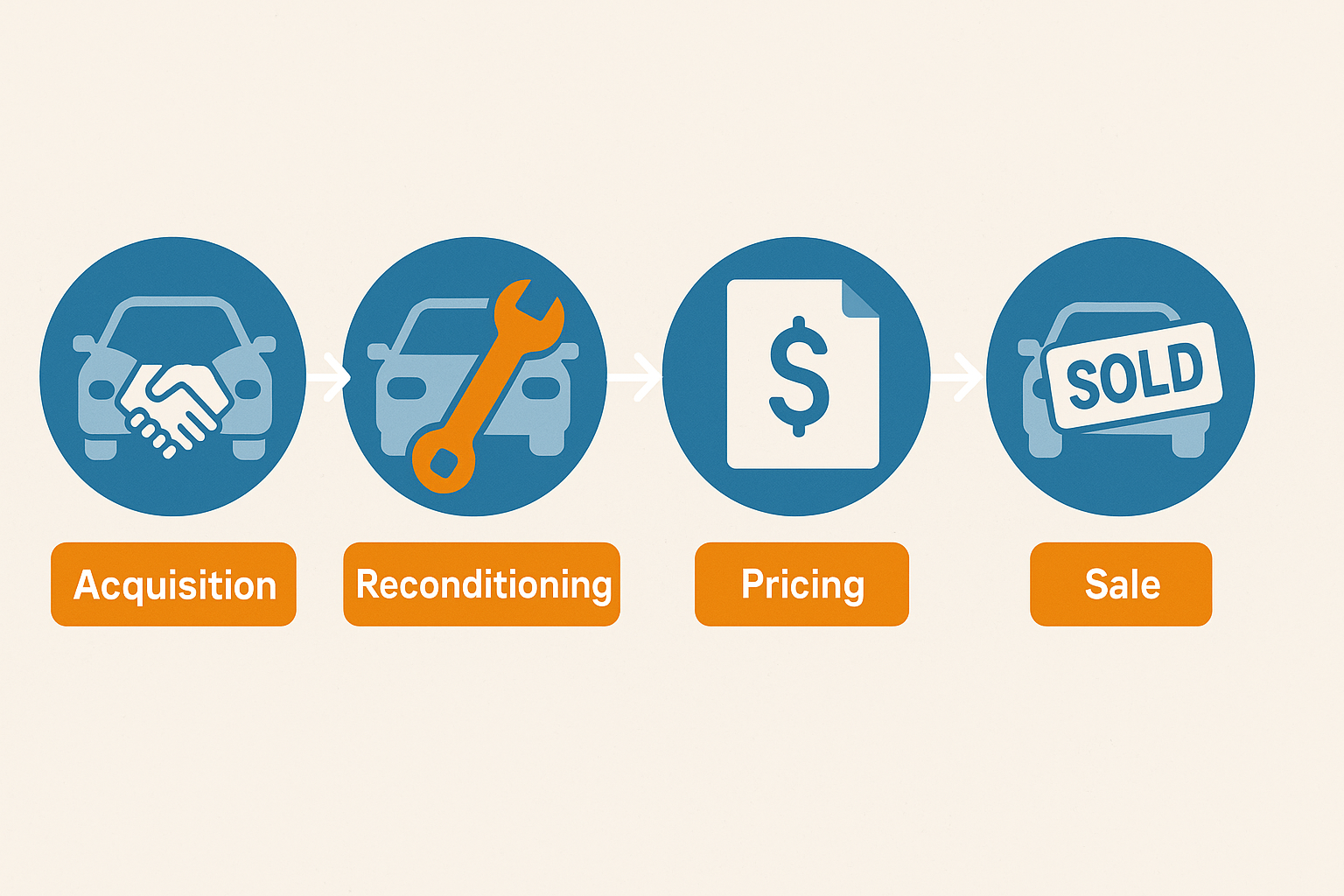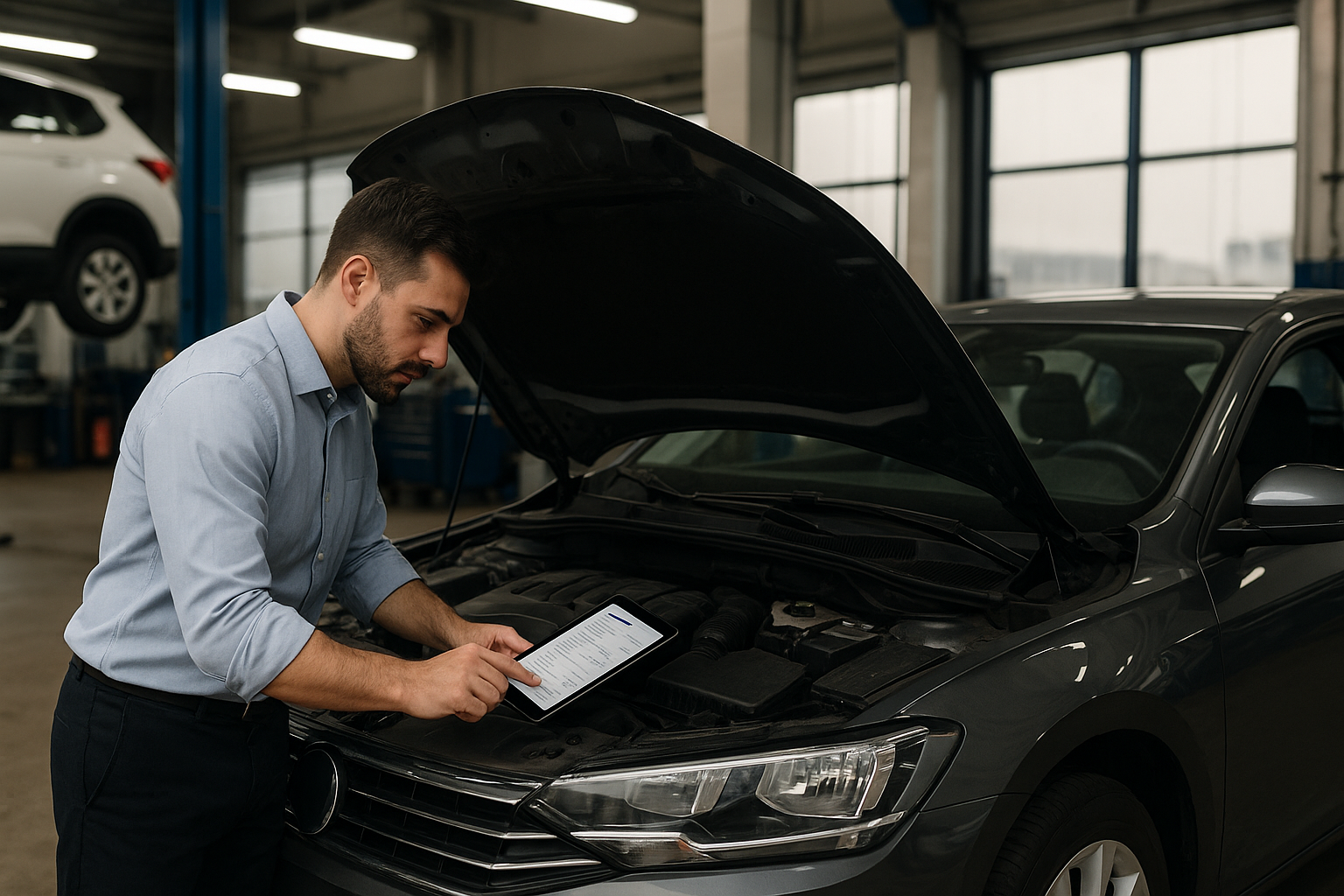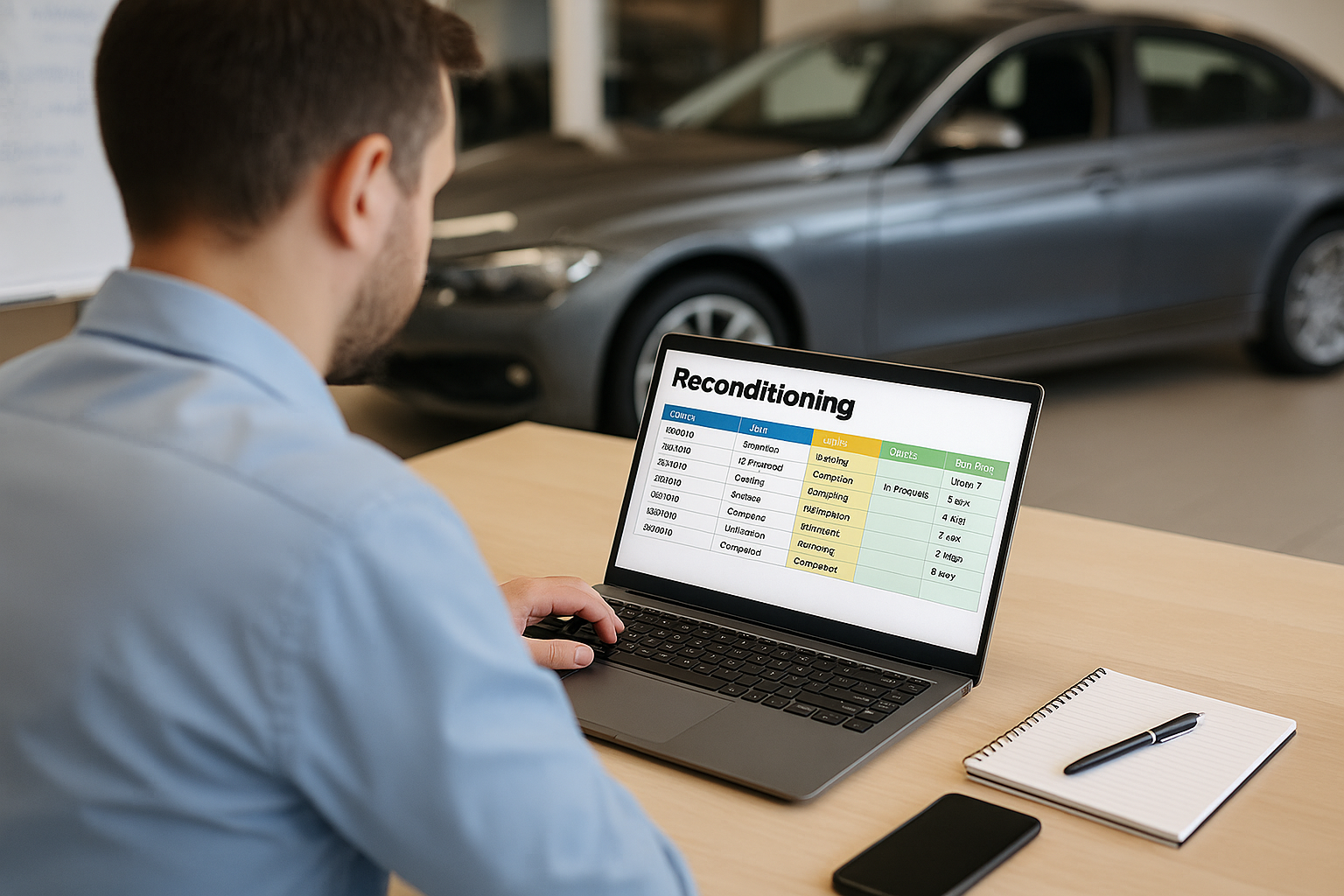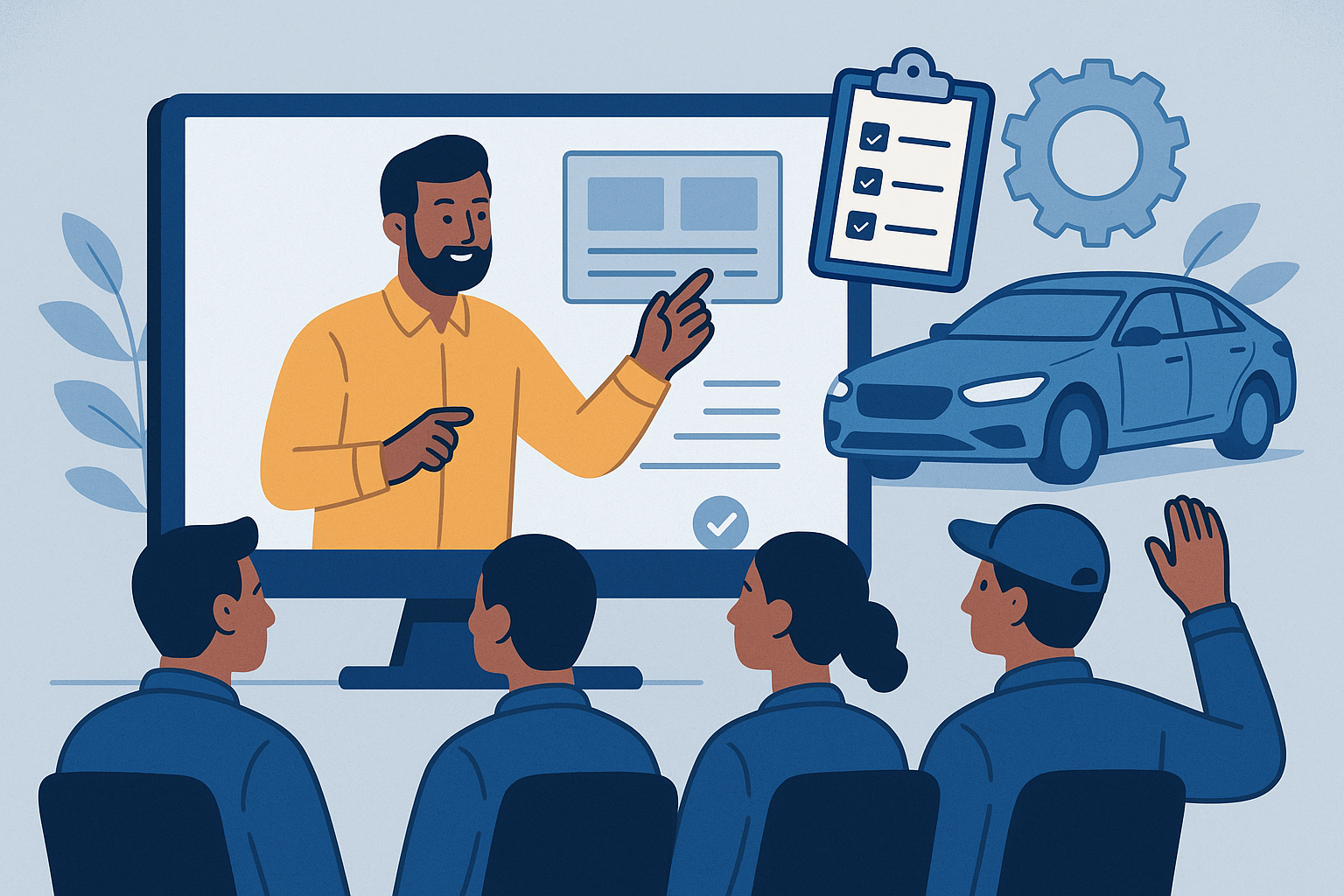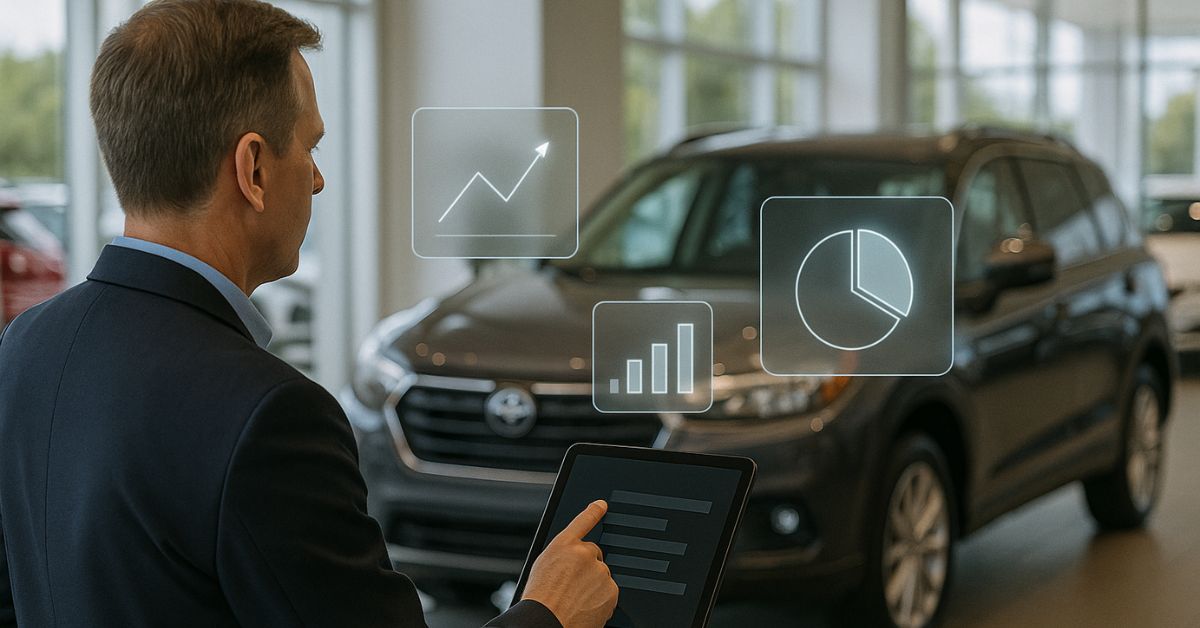You may have many cars in your inventory, but if you don’t know how to improve customer service, you may have difficulty selling them.
Customer service is an important aspect of any business. It directly impacts how people perceive your brand and influences whether they will recommend it to others or not. Nowadays, customer service is constantly changing. Businesses must take the necessary steps to keep up with these changes and continually improve their customer service strategies. So, how to improve customer service for your car dealerships? What are the tactics to ensure your customers are satisfied? Read on.
According to a study by Autotrader, only 17 out of 4,002 car shoppers surveyed preferred the currently-used car buying process. This could be due to car dealerships focusing more on sales and ignoring customer service. Another study by J.D. Power found that while a car dealer’s reputation significantly influences the purchase decision, approximately one-third of customers need help finding the dealership staff helpful.
Additionally, a report by Cox Automotive found that 55% of car buyers would consider a virtual dealership experience, further emphasizing the need for dealerships to adapt to changing customer preferences. These studies suggest that car dealerships need to prioritize customer service to remain competitive in the industry. By doing so, dealerships can improve customer satisfaction, retention, and sales.
In this post, we will share valuable tips on how car dealerships can improve their customer service strategies and meet changing customer preferences in today’s automotive industry. These tips can help create a more positive and enjoyable customer experience, increasing sales and customer retention.

Embracing Technology Can Improve Customer Service Vastly
Customers expect car dealerships to offer a seamless experience across all channels. This means investing in technologies that allow customers to book appointments, get updates on vehicle repairs, and communicate with your team through their preferred communication channels.
One way to improve customer experience is to implement live chat support on your website. This allows customers to ask questions and receive answers in real time without making a phone call or waiting for an email response. Live chat support can also facilitate appointment scheduling. Customers can receive automated reminders before their appointments to reduce the risk of no-shows.
Another way to improve customer service for car dealerships is to use social media to respond to customer queries. Many car dealerships already use social media platforms like Twitter and Facebook to advertise their vehicles and services. Leveraging these platforms to engage with customers and respond to inquiries helps build trust and loyalty with potential and existing customers. This is especially important for younger generations who prefer to communicate through social media.
To further enhance customer experience, dealerships can use automation to provide customers with real-time updates on the status of their vehicle repairs. For example, text message updates can be sent to customers when their vehicle is ready for pick-up or if the repair takes longer than expected. These automated updates can reduce customer frustration and provide a more convenient and transparent repair experience.
Investing in centralized communication platforms can also improve customer service for car dealerships. A centralized platform can consolidate all customer communications, including phone calls, email, social media, and live chat inquiries. By streamlining communication, dealerships can respond to inquiries more efficiently, reduce response times, and provide a more personalized experience for customers.

Focus On Employee Training
One of the most important ways to improve customer service in car dealerships is to focus on employee training. Of course, a dealership can have all the necessary technology and resources. Still, if the staff is adequately trained in providing excellent customer service, the customer experience will improve.
Firstly, training employees on active listening is critical. Encourage staff to listen attentively to customer concerns and show genuine interest in finding a solution. This can create a more positive customer experience and increase satisfaction.
Empathy training is also essential. Car dealerships can be stressful environments for customers. Showing empathy can go a long way in making customers feel valued and understood. Train staff to put themselves in the customer’s shoes and understand their perspective. This can help build rapport and create stronger relationships with customers.
Conflict resolution training is also necessary. For example, disagreements or misunderstandings between a customer and a staff member may occur. Employees can learn how to address these issues professionally and efficiently without letting emotions negatively impact the interaction by providing conflict resolution training.
Encouraging employees to go above and beyond for customers is also essential. This means giving staff the autonomy to make decisions that benefit the customer, even if it means going out of their way. By creating a culture that emphasizes exceptional customer service, employees become more motivated to provide excellent service. Consider implementing a spiff program for your mechanics who go above and beyond in delivering excellent customer service, for example. As a result, customers are more likely to become loyal and recommend the dealership to others.
Recognizing and rewarding exceptional customer service is also crucial. Acknowledge staff who provide excellent service and reward them with incentives or bonuses. This motivates other employees to strive for a similar level of service and creates a positive and competitive work environment.

Create a Welcoming Environment
Creating a welcoming environment in car dealerships is critical to improving customer service. Customers often spend considerable time at dealerships, so creating a comfortable and welcoming space can make them feel valued and appreciated.
One of the critical elements of a welcoming environment is maintaining a clean and organized dealership. A clean and well-organized dealership conveys professionalism and attention to detail. Keeping the dealership clean and tidy is essential, not just in the customer-facing areas but also in the back offices and service areas.
Providing comfortable seating areas is also essential. Customers may spend hours at the dealership, so having comfortable seating areas can make them feel at home. Invest in comfortable furniture that provides ample seating and space for customers to relax while they wait.
Providing complimentary refreshments such as coffee, tea, or water is also an excellent way to create a welcoming environment. Refreshments can make customers feel valued and appreciated. They can also help pass the time while they wait for their vehicle to be serviced or for the paperwork to be completed.
Another way to create a welcoming environment is to introduce personalized touches. Personalize the experience by addressing customers by name and tailoring their experience based on their preferences. For example, if a customer frequently visits the dealership for service, greet them by name and ask them how their vehicle is doing. This can show the customer that you value their business and can significantly improve their experience.
Free Wi-Fi is an excellent way to create a welcoming environment in this digital age. Many customers rely on their devices for work or entertainment, so offering free Wi-Fi lets them stay connected while waiting.

Streamline the Car-Buying Process
To improve customer service in car dealerships, it’s essential to streamline the car buying process. The car buying process can be long and complicated, leading to frustration and dissatisfaction on the part of customers. By offering streamlined car buying options, customers are more likely to have a positive experience and become repeat buyers.
One way to streamline the car buying process is to offer online financing pre-approval, which can be quickly done on a dealership’s website. This allows customers to get pre-approved for financing quickly and easily without the need to visit the dealership in person. In addition, online financing pre-approval significantly reduces the time spent on paperwork and waiting for loan approval.
In addition to online financing pre-approval, offering online document signing is an effective way to streamline car buying. This enables customers to sign documents remotely without the need to visit the dealership, saving them time and minimizing the hassle of paperwork.
Furthermore, car dealerships can also offer online trade-in valuation, allowing customers to estimate their value online. Again, this can be done without visiting the dealership, saving time and minimizing physical inconvenience.
A smooth handoff process between sales, finance, and service departments is also necessary to streamline car buying. This can be achieved using a dealership management system (DMS) tool. This tool integrates all aspects of the dealership’s operations, allowing seamless communication between departments and reducing the risk of errors and miscommunications.
Personalize Customer Interactions
To improve customer service in car dealerships, personalizing customer interactions is essential nowadays. Customers expect a personalized, customized experience, and generic one-size-fits-all interactions are no longer acceptable.
Personalization starts by using the customer’s preferred name and greeting them warmly when they visit the dealership. This simple yet effective step can help create a positive first impression and make customers feel welcome and valued.
Another way to personalize customer interactions is by remembering their preferences and purchase history. This includes the type of vehicle they own or have previously purchased, the day and time of their appointments, and any specific choices they may have for the service.
Another aspect of personalizing customer interactions is following up after the sale to ensure satisfaction. For example, a phone call or email can be used to check in with customers and ensure they are satisfied with their purchase. This follow-up demonstrates that the dealership cares about customer satisfaction and can help build trust and loyalty.
Personalization can also be achieved by offering customized recommendations based on customer preferences and purchase history. For example, if a customer has previously purchased a specific make and model, offering accessories or packages to complement their purchase can create a more personalized and thoughtful experience for the customer.
In today’s ever-changing automotive industry, providing excellent customer service is more important than ever. Implementing the above practices, such as personalized customer interactions, a welcoming environment, streamlined car buying processes, and employee training, can elevate the customer experience and increase sales and customer retention. In addition, by listening to customer feedback, adapting to changing customer preferences, and investing in the necessary resources, car dealerships can differentiate themselves from their competitors and establish lasting relationships with their customers.
Explore related articles to learn more about software solutions for car dealerships:
